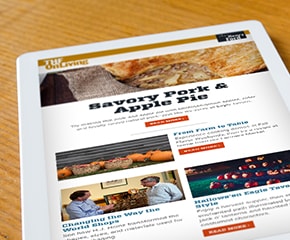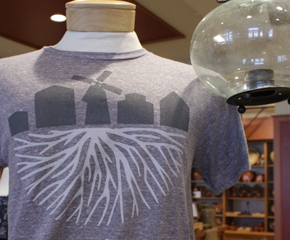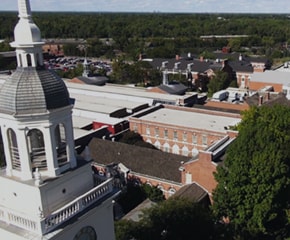Instruction Model Voting Machine, circa 1936
Add to SetSummary
Gear and lever voting machines were the quintessential method of voting for two generations of Americans, from the 1920s through the 1980s. These high tech devices tabulated votes mechanically. Considered scientific and reliable, they were relatively tamper proof and allowed for completely secret balloting. This model machine helped new voters learn how to operate them.
Gear and lever voting machines were the quintessential method of voting for two generations of Americans, from the 1920s through the 1980s. These high tech devices tabulated votes mechanically. Considered scientific and reliable, they were relatively tamper proof and allowed for completely secret balloting. This model machine helped new voters learn how to operate them.
Artifact
Voting-machine
Date Made
circa 1936
Location
Not on exhibit to the public.
Object ID
2020.53.1
Credit
From the Collections of The Henry Ford. From the Estate of Jerry D. Rowe.
Material
Metal
Paper (Fiber product)
Cardboard
Color
Gray (Color)
Dimensions
Height: 1.875 in
Width: 15.125 in
Length: 12.5 in
Inscriptions
plaque on top: MICHIGAN STATE COLLEGE / PRESENTED BY / AUTOMATIC VOTING MACHINE / CORPORATION / JAMESTOWN, N.Y. voting instructions on top, proper right side: DIRECTIONS for VOTING / 1st. Move the Red Handle to / the Right and leave it there. / 2nd. Pull the lever / of your party to the right. / To vote a split ticket: After you have / pulled the party leaver, turn up the pointer / over the candidate's name you wish to cut / out, and turn a pointer over the name of any / other candidate for the same office. / 3rd. Turn a pointer over the / "Yes" or "No" of each question. / 4th. Leave the pointers / down. / CANDIDATE / 5th. Move the Red Handle to / the Left. / Form A-695 P.L. plaque on bottom of top: AUTOMATIC VOTING MACHINE CORP. / JAMESTOWN, N.Y. / INSTRUCTION MODEL / NO. 5421 painted on top, proper left side and on bottom of top: PY-67





